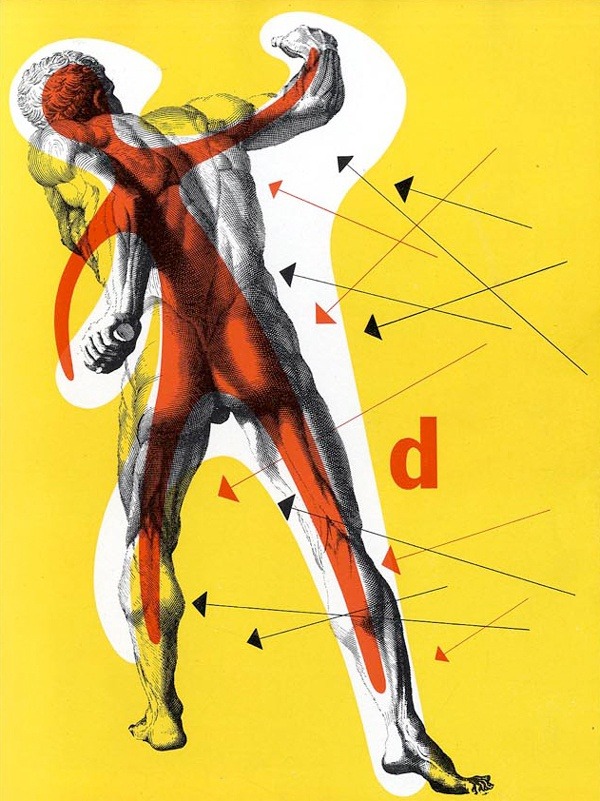Reasoning about cause and effect
Adapted from Johnson-Laird and Khemlani (2017).
Causation has created controversy for centuries. Some have argued that the notion is irrelevant, ill defined, and inconsistent. Scholars also disagree about its foundations, with whether, for instance, causal relations are objective or subjective, and with whether they hold between actions, events, or states of affairs. Certainly, actions can be causes, such as throwing a switch to cause a light to come on. But, as the proverb says, ‘for want of a nail the kingdom was lost’, and so causes can be negative states of affairs, too.
The basic principles of the theory of mental models – the “model theory”, for short – apply to the meaning of causal relations. Models can be static or they can unfold in time kinematically in a mental simulation of a sequence of events in a causal chain. Both sorts of model yield inferences. The meaning of a causal relation according to the model theory concerns possibilities: a cause suffices to bring about the effect, which does not precede the cause; an enabling condition makes such an effect possible; and a preventative action causes the effect not to occur. Reasoners interpret causal statements by mentally simulating the situation, i.e., by building a mental model, to which the statements refer, and then they inspect that model to draw conclusions from it. Much of the time, people only consider a single mental simulation consistent with the statements — but reasoners who deliberate can consider alternative simulations to separate between the meanings of causal verbs such as “causes” and “enables”.
The model theory argues that humans interpret causation deterministically — the statement “A causes B” refers to possibilities, not probabilities. Three results support the deterministic interpretation of causality:
- Reasoners can infer causal relations from single observations
- They distinguish causes from enabling conditions.
- They refute causal assertions with single instances.
Other accounts of causality can’t explain these phenomena.
Collaborators
Paul Bello, Gordon Briggs, Felipe De Brigard, Caren Frosch, Geoff Goodwin, Hillary Harner, Paul Henne, Phil Johnson-Laird, Sangeet Khemlani, Kevin O’Neill
Representative papers
- Frosch, C.A., & Johnson-Laird, P.N. (2011). Is everyday causation deterministic or probabilistic? Acta Psychologica, 137, 280–291.
- Goldvarg, Y., & Johnson-Laird, P.N. (2001). Naïve causality: a mental model theory of causal meaning and reasoning. Cognitive Science, 25, 565-610.
- Johnson-Laird, P. N. & Khemlani, S. (2017). Mental models and causation. In M. Waldmann (Ed.), Oxford Handbook of Causal Reasoning. London, UK: Oxford University Press.
- Khemlani, S., Goodwin, G.P., & Johnson-Laird, P.N. (2015). Causal relations from kinematic simulations. In R. Dale, C. Jennings, P. Maglio, T. Matlock, D. Noelle, A. Warlaumont, & J. Yoshimi (Eds.), Proceedings of the 37th Annual Conference of the Cognitive Science Society. Austin, TX: Cognitive Science Society.
- Khemlani, S., Barbey, A., & Johnson-Laird, P. N. (2014). Causal reasoning with mental models. Frontiers in Human Neuroscience, 8, 849, 1-15.
- Khemlani, S., & Johnson-Laird, P.N. (2020). Causal conflicts produce domino effects. Quarterly Journal of Experimental Psychology, 73, 2317-2327.
- Khemlani, S., Wasylyshyn, C., Briggs, G., & Bello, P. (2018). Mental models and omissive causation. Memory & Cognition, 46, 1344-1359.
